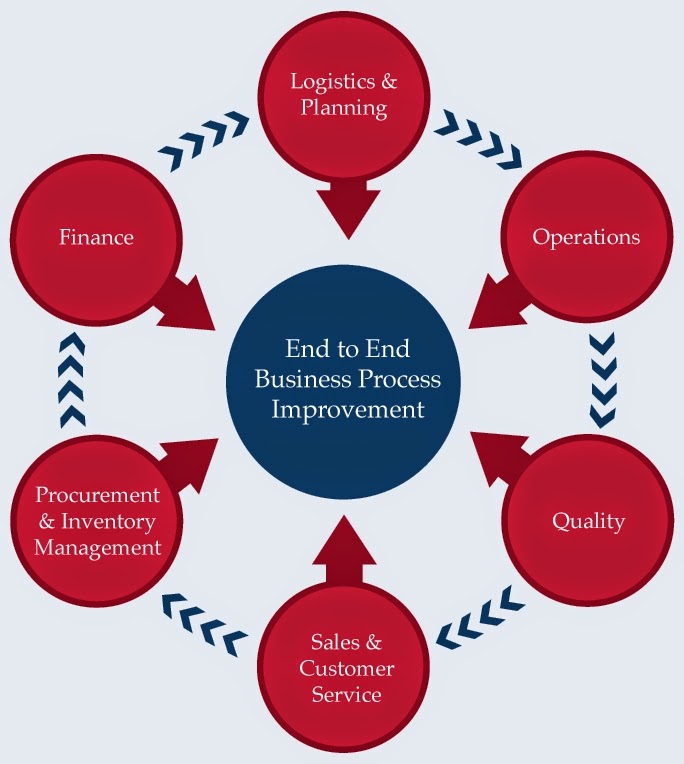Core Functionality Of Lean BPM Or Low Code Business Process Management Software
The emergence of Low Code BPM, also known as Lean Business Process Management solutions has shaken up the traditional BPM market, dominated by the likes of IBM, Oracle and PegaSystems. A new pioneering group of solution providers has now emerged, spearheaded by JobTraQ, Appian, K2 and others, with a low cost, highly pragmatic solution set containing core functionality for BPM needs.
So, what is the core functionality of a Lean BPM solution?
Low Cost and Simple to Deploy
Lean BPM solutions will typically cost around 20-30% of the cost of a traditional BPM solution. They are able to do this because they restrict core functionality to those features known to be actually used by customers, rather than the full-blown traditional solutions which contain a rich feature set, but which for most enterprise customers, are rarely, if ever used.
In addition, they provide automated code which is typically open and/or backed by a robust set of APIs, allowing for full customization to any particular business instance, or integrating with any existing or to-be-deployed system.
In rare instances, such as with JobTraQ, you can stand up a Lean BPM solution with zero IT department involvement, assuming you use a SaaS version, but even with an On Premises model, all IT are required to do is to deploy a server for the solution to operate off of. One thing to note: generally, do not deploy a Lean BPM solution with SharePoint – the latter tends not to play very well with any BPM tool, no matter if it is a traditional or low code variant.
Task Management System
A task management system is at the heart of a Lean BPM solution: it is a prerequisite for effective workflows, and you need the ability to fully customize task lists, allow all staff to be task assignees (not just administrators), provide coming due or late alerts, and automatically route finished work items as required.
Automated Workflows
The better Lean BOM solutions provide a workflow visualization tool, which is also a drag-and-drop workflow designer. The cool thing about this feature though, is that rather than just designing a workflow which then needs to be rendered by a specialist dev team, you push the visual workflow into the task management system, and this automatically takes the individual task elements and workflow logic and renders it as a real business process, complete with your compliance and company procedures enforced.
Full Compliance Reporting and Audit Logs
Lean BPM solutions will also deliver full compliance tracking, so you can remain compliant with your own company procedures as you stipulate. This means you can maintain compliance with all major business regulatory legislation, from HIPAA, SOX, NIST 800-53, SAS 70 and anything else – you simply state what the rules are, and workflows and tasks are routed in compliance with those stated procedures.
More than this, there is complete accountability with multiple data versions maintained, complete and non-repudiable logs of who does what, when and what the outcome was down to the most granular level.
Jane Wrythe is a business and technology writer currently focusing on BPM solutions such as JobTraQ.
So, what is the core functionality of a Lean BPM solution?
Low Cost and Simple to Deploy
Lean BPM solutions will typically cost around 20-30% of the cost of a traditional BPM solution. They are able to do this because they restrict core functionality to those features known to be actually used by customers, rather than the full-blown traditional solutions which contain a rich feature set, but which for most enterprise customers, are rarely, if ever used.
In addition, they provide automated code which is typically open and/or backed by a robust set of APIs, allowing for full customization to any particular business instance, or integrating with any existing or to-be-deployed system.
In rare instances, such as with JobTraQ, you can stand up a Lean BPM solution with zero IT department involvement, assuming you use a SaaS version, but even with an On Premises model, all IT are required to do is to deploy a server for the solution to operate off of. One thing to note: generally, do not deploy a Lean BPM solution with SharePoint – the latter tends not to play very well with any BPM tool, no matter if it is a traditional or low code variant.
Task Management System
A task management system is at the heart of a Lean BPM solution: it is a prerequisite for effective workflows, and you need the ability to fully customize task lists, allow all staff to be task assignees (not just administrators), provide coming due or late alerts, and automatically route finished work items as required.
Automated Workflows
The better Lean BOM solutions provide a workflow visualization tool, which is also a drag-and-drop workflow designer. The cool thing about this feature though, is that rather than just designing a workflow which then needs to be rendered by a specialist dev team, you push the visual workflow into the task management system, and this automatically takes the individual task elements and workflow logic and renders it as a real business process, complete with your compliance and company procedures enforced.
Full Compliance Reporting and Audit Logs
Lean BPM solutions will also deliver full compliance tracking, so you can remain compliant with your own company procedures as you stipulate. This means you can maintain compliance with all major business regulatory legislation, from HIPAA, SOX, NIST 800-53, SAS 70 and anything else – you simply state what the rules are, and workflows and tasks are routed in compliance with those stated procedures.
More than this, there is complete accountability with multiple data versions maintained, complete and non-repudiable logs of who does what, when and what the outcome was down to the most granular level.
Jane Wrythe is a business and technology writer currently focusing on BPM solutions such as JobTraQ.

Comments
Post a Comment